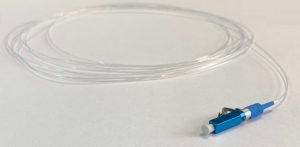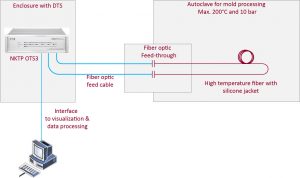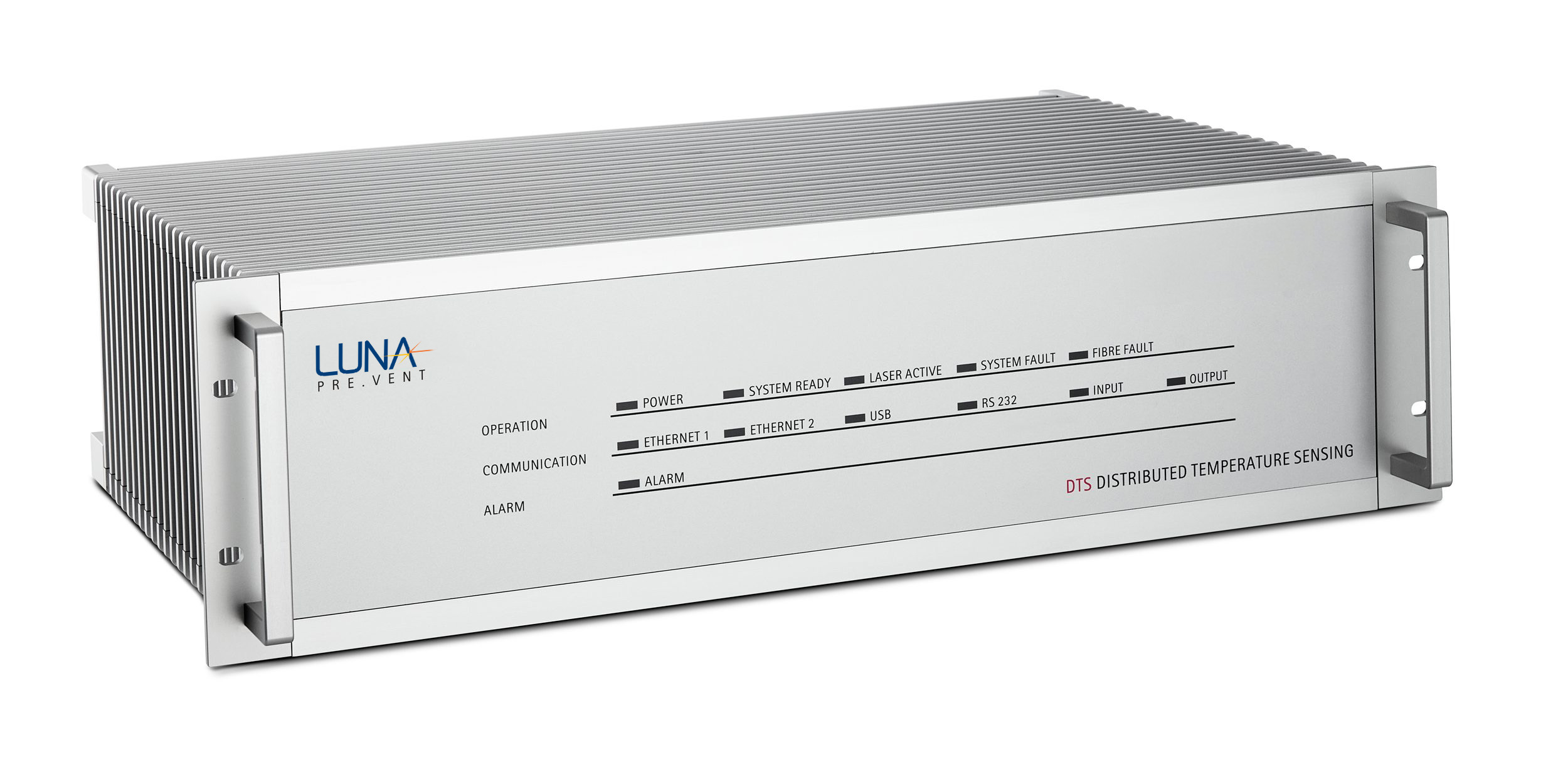At the German Aerospace Center, they make aerospace parts from advanced fiber composite materials. These are important elements – such as wings and fuselage parts – and they must be flawless, which put high demands on the manufacturing process.
Manufacturing aerospace parts at high temperature and elevated pressure
The parts are made from Carbon Fiber Reinforced Polymer (CFRP) which are molded to get the right dimensions before they undergo a curing process for several hours. To cure the parts, the large mold is placed in an even bigger autoclave. Being 20 meters long and 5 meters in diameter, the autoclave is the size of a small house. The mold is put under a 10-bar pressure and heated to 200°C. A homogenous temperature is required at any position of the product to cure it properly.
As part of a project to improve its Smart Tooling, the German Aerospace Center wanted to monitor the inner mold temperature inside the autoclave.
Solving the problem with the Distributed Temperature Sensing technology
The challenges were numerous. To ensure high-quality CFRP aircraft parts, the German Aerospace Center wished to monitor and control the temperature throughout the mold. But how?
Conventional point sensors will not do the job unless you have a large amount. Infrared cameras cannot be used under these conditions, besides they will only show one side of the part, not the temperature distribution inside the part.
The solution is the Distributed Temperature Sensing technology or DTS. DTS uses passive optical fibers as distributed sensors. Optical fibers are immune to vibration, electromagnetic noise, dust, moisture, cryogenic and very hot temperatures and are ideal for use in hazardous environments.
Identifying three major challenges
The fiber optic sensor cable was installed in the CFRP mold to monitor the temperature distribution along the whole mold. An additional aim of this project was to evaluate the capability of the DTS technology to perform Structural Health Monitoring, by embedding the fiber optic sensor directly into the critical components.
One challenge was to provide a suitable monitoring unit – a fiber optic sensor cable – which could withstand high temperature, pressure, and mechanical stress.
Another challenge was to feed the cable through the autoclave’s outer shell – from ambient to harsh environments – while protecting connectors and feed-throughs.
The final challenge was to find a DTS control unit that can measure the temperature at high spatial and temperature resolution.
Designing a customized system
Addressing the three above-mentioned challenges, we put together a highly customized system.
We chose a high-temperature sustainable GI 50 multimode fiber sensor cable with a polyimide coating. A protective silicone jacket was applied directly onto the fiber. The fiber cable is highly flexible and has a small bending radius which is important when laying the sensor cable within a component or mold, following its geometry. The cable’s silicone jacket withstands temperatures up to 250°C (see the cable and connector in Figure 1).

Figure 1: Employed sensor cable
An LC2+ high-temperature connector was chosen due to its ability to withstand the harsh environment inside the autoclave. The feed-through hermetically seals the ambient environment from the autoclave’s inner process environment, using the LC2+ connectors.
To get a superior spatial resolution of 0.75 m and a temperature resolution better than 2°C, we employed our Raman-based PRE.VENT OTS3 controller. Made from Telcordia rated components, with passive cooling and no moving parts, our DTS systems are extremely robust and basically maintenance-free with an extraordinary Mean-Time Between Failure of above 40 years.
Currently, our monitoring solution is used for prototype testing at the German Aerospace Centre (DLR) Institute of Composite Structures and Adaptive Systems in Stade, Germany.

Figure 2: Schematic of the CFRP processing unit
Choosing Luna Innovation’s LIOS Technology
When the German Aerospace Center needed a highly customized temperature monitoring solution for their production units for fiber composite aerospace parts, they chose Luna Innovation’s LIOS Technology for several reasons: Our customer orientation and flexibility, our capability to genuinely understand their issues and come up with ingenious solutions, our high quality and robust products, our ability to deliver a full solution including a new, customized sensor cable design.
The involved companies
The German Aerospace Center – or Deutsches Zentrum für Luft- und Raumfahrt, DLR – is the national aeronautics and space research center of the Federal Republic of Germany. Its extensive research and development work in aeronautics, space, energy, transport, digitalization and security is integrated into national and international cooperative ventures. In addition to its own research, as Germany’s space agency, DLR has been given responsibility by the federal government for the planning and implementation of the German space program.
Luna Innovation’s LIOS Technology is the market leader in distributed optical strain and temperature sensing with more than 20 years’ experience and thousands of systems in the field worldwide. Passive optical fibers are used as distributed sensors because they are immune to vibration, electromagnetic noise, dust, cryogenic temperatures, and moisture and can be utilized in hazardous environments. Everything made in Germany under ISO 9001 and 14001-certification.
References: Stefan BREUER and Rainer MACHEREY, NKT Photonics GmbH, Schanzenstraße 39, Building D10, 51519 Cologne, Germany: Smart Tooling distributed temperature (DTS) monitoring for CFRP aerospace components.

